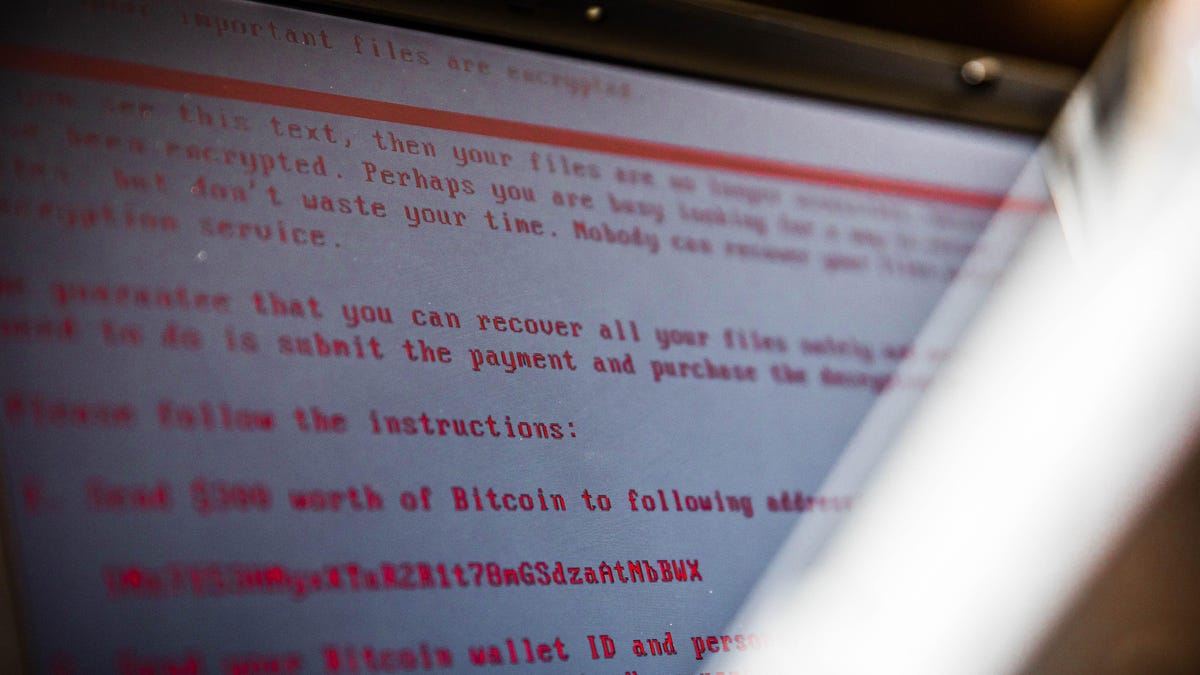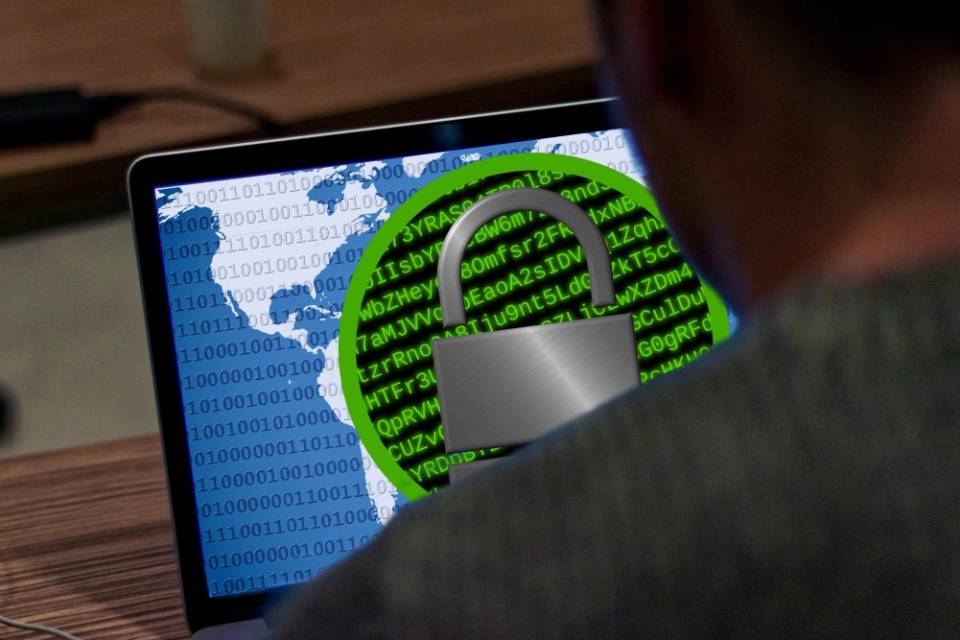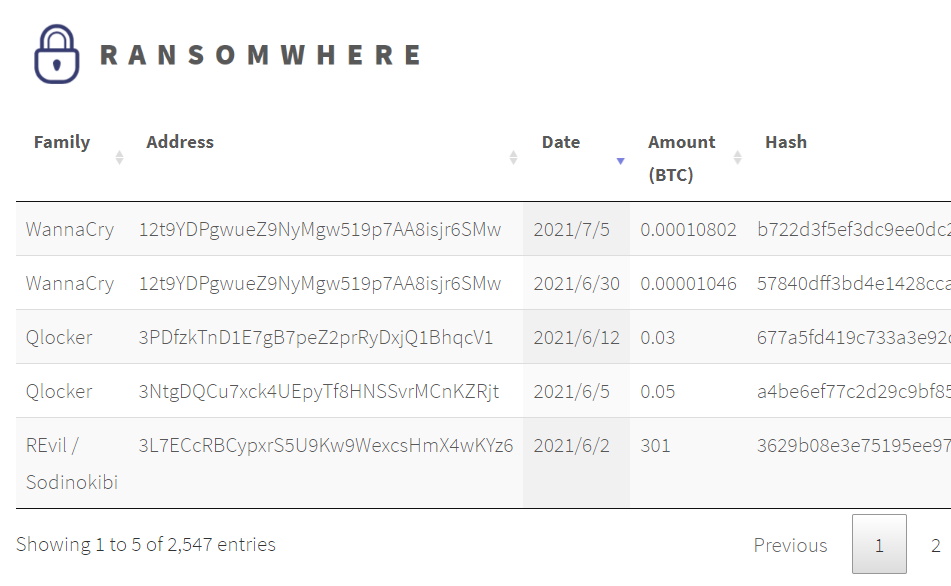
The losses could be more than that, according to the FBI. In 2020, the IC3 received 2,474 complaints identified as ransomware with adjusted losses of over $29.1 million. CryptoLocker was particularly successful, procuring an estimated US$3 million before it was taken down by authorities, and CryptoWall was estimated by the US Federal Bureau of Investigation (FBI) to have accrued over US$18 million by June 2015.

In June 2014, vendor McAfee released data showing that it had collected more than double the number of ransomware samples that quarter than it had in the same quarter of the previous year. This record marks a 229% increase over this same time frame in 2017. There were 181.5 million ransomware attacks in the first six months of 2018. Starting as early as 1989 with the first documented ransomware known as the AIDS trojan, the use of ransomware scams has grown internationally. However, one high-profile example, the WannaCry worm, traveled automatically between computers without user interaction. Ransomware attacks are typically carried out using a Trojan disguised as a legitimate file that the user is tricked into downloading or opening when it arrives as an email attachment. In a properly implemented cryptoviral extortion attack, recovering the files without the decryption key is an intractable problem – and difficult to trace digital currencies such as paysafecard or Bitcoin and other cryptocurrencies are used for the ransoms, making tracing and prosecuting the perpetrators difficult. It encrypts the victim's files, making them inaccessible, and demands a ransom payment to decrypt them. While some simple ransomware may lock the system without damaging any files, more advanced malware uses a technique called cryptoviral extortion. Ransomware is a type of malware from cryptovirology that threatens to publish the victim's personal data or permanently block access to it unless a ransom is paid. Security information and event management (SIEM).Host-based intrusion detection system (HIDS).
#Cable krebs ransomwhere download#
The already growing database, which does not include any personal or victim-identifying information, is available as a free download for the cybersecurity community and law enforcement officials, which will only hopefully help provide some much-needed public clarity about the current situation. If the authenticity of an approved report is later questioned, it will be removed from the database. However, to ensure that all reports are valid, a screenshot of the ransom payment needs to be taken for each submission and each case is reviewed by itself before it becomes publicly available. Since the site is crowded, it includes data on self-reported incidents of ransomware attacks, which anyone can submit.

“After seeing that there is currently no single place for public data on rinsomware payments and that it is not very difficult to track bitcoin transactions, I started hacking it all together.” The website maintains an ongoing statistic of the ransom paid to cybercriminals on Bitcoin, thanks to the public record-keeping of transactions on the blockchain.

#Cable krebs ransomwhere full#
“Through Katie Nichols’ tweet, I was inspired to start ransomware that no one really knows the full impact of cybercrime and ransomware in particular,” she told Cable TechCrunch. Jack Cable, a security architect for the Krebs Stamos Group who previously worked for the US Cybersecurity and Infrastructure Agency (CISA), is trying to solve that problem by launching a public release tracking website. However, as ransom attacks continue to make headlines, it is almost impossible to understand their full impact, and as cybercriminals pay to demand their release – it is not known whether some decisions have been made. The world, and just this month IT supply chain Cassia was hit by a supply chain attack that saw hundreds of streams of people locked out of their systems. The last few months have seen the only attack on the Colon Colonial Pipeline that forced the company to cut off most of its east coast – and its gas supply, a hack from meat supplier JBS that abruptly shut down its slaughterhouse. These file-encrypting attacks continue unabated this year.

As the number of attacks increases in 2020, ransomware attacks are driven by the unrest caused by the Covid-19 epidemic has become lucrative for cybercriminals.


 0 kommentar(er)
0 kommentar(er)
